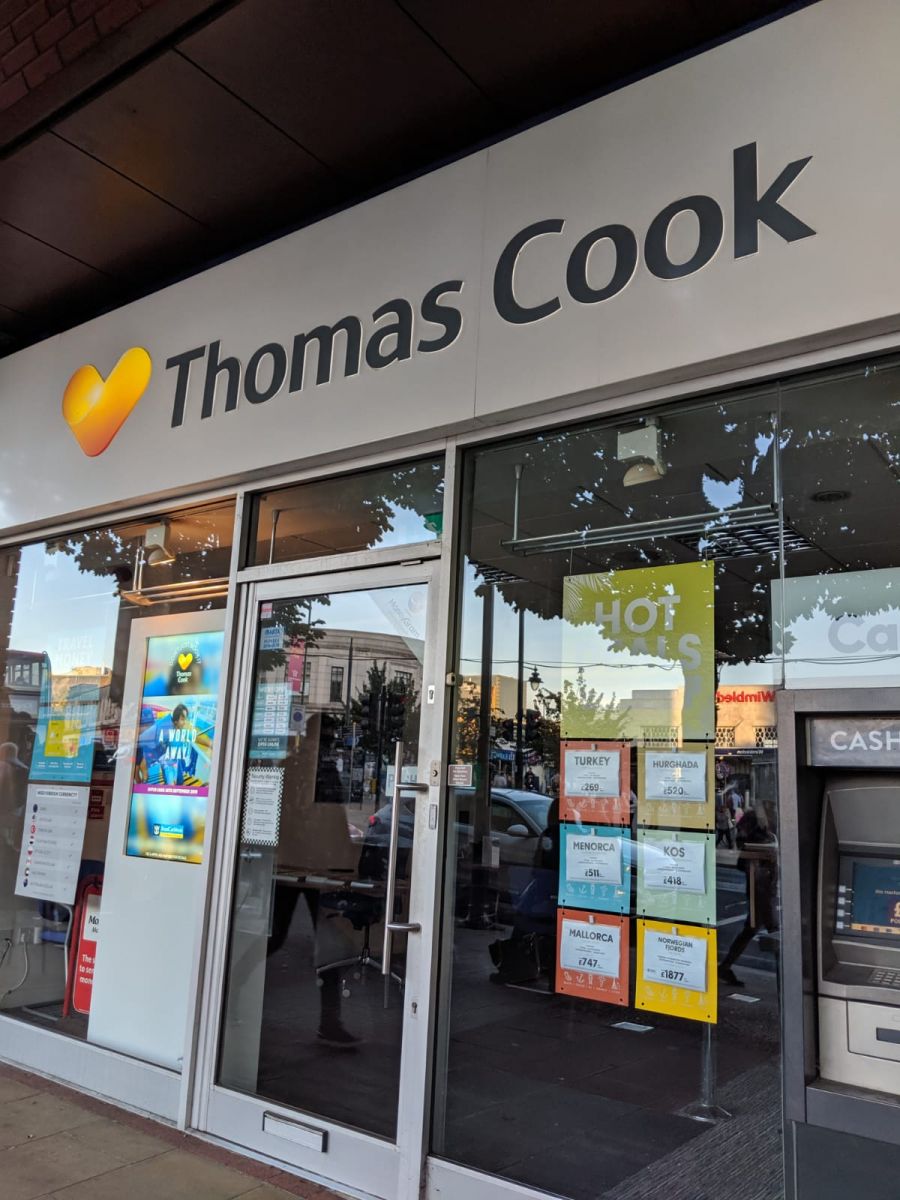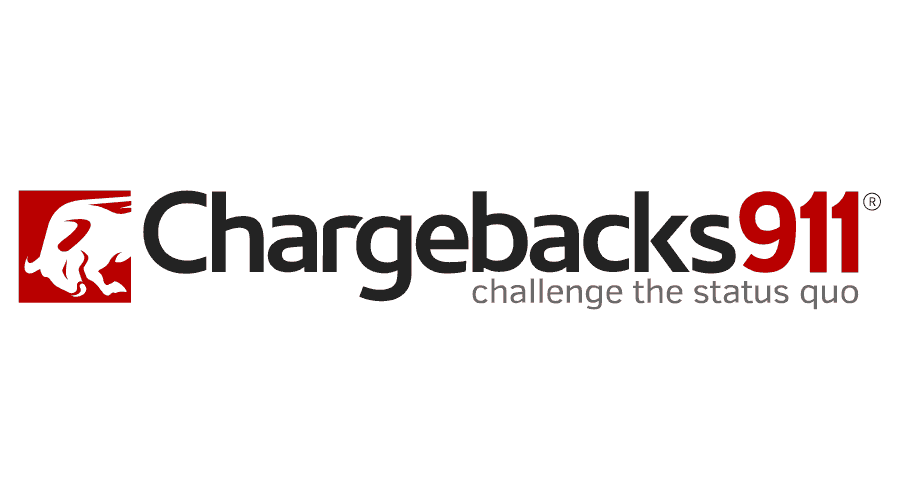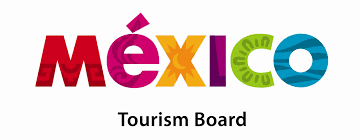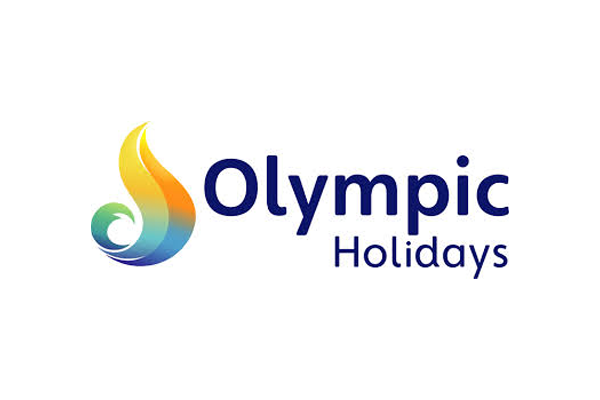What went wrong at Thomas Cook

When Harriet Green was brought in as Thomas Cook chief executive in spring of 2012, TravelMole asked why she had agreed to try to turn around what had been described in the media as ‘a basket case’.
Green made light of the situation, saying: "It’s not the French nuclear industry".
And she was right. It wasn’t nuclear science, it was so much harder.
Thomas Cook was the oldest and one of the biggest UK tour operators. At one time it had also been one of the best loved travel brands in the UK, but it had long since lost its way.
You can track Thomas Cook’s current problems back to 2007 when it merged with Airtours’ parent MyTravel, which, although profitable at the time, had nearly collapsed four years earlier. The merger between two of the UK’s largest travel companies was supposed to create one strong powerhouse, instead it seems to have created an unwieldy monster that dragged them both down. In May this year, Thomas Cook Group announced an astonishing £1.5 billion winter loss, £1.1 billion of which was due to an impairment charge relating to that merger with MyTravel.
Not content with being the number two tour operator, the new Thomas Cook Group, led by Manny Fontenla-Novoa, was also intent on being by far the biggest travel retailer on the high street, so he engineered a merger with the Co-operative Group. The tie-up, which finally went through in October of 2011, created a whopping 1,200-strong retail chain at a time when more and more travel bookings were shifting online.
The merger meant Thomas Cook Group had multiple shops in some towns, sometimes two or more on the same street. It made no sense.
At the time of the merger, Co-op chief executive Peter Marks described it as ‘a marriage between two of the industry’s most trusted brands’, but the high level of customer service for which Thomas Cook had once been valued was no longer always apparent. Ever since the merger, the retailer has been trying to shed stores and jobs.
The Group’s financial troubles had started to unfold as early as 2009, when it issued the first of a series of profit warnings; by 2010 its net debt had risen from £249 million in 2007 to £804 million, and by autumn of 2011 – shortly after that merger with the Co-op, it was forced to ask lenders for a £100 million extension to see if through that winter.
There have been many difficult winters since.
Chief executive Manny Fontenla-Novoa had left (with a £1 million pay off) in August 2011 following three profit warnings in a year. The following year, Harriet Green, a travel industry outsider, was brought in to try to turn the business around.
Green’s turnaround strategy included simplifying the business by reducing the number of shops, staff and getting rid of its conflicting brands – and it worked, up to a point. During her tenure, profits rose, the debt started to come down, and the share price rose from 14p to over 130p.
But she didn’t get far. Two years into her initial three-year plan, she left. Her departure was abrupt and allegedly came about after her fellow (all male) board members met without Green and told her the following morning that her services were no longer required. The news of her departure triggered a 19% drop in the company’s share price.
Peter Fankhauser, who had been Green’s second in command, became chief executive on her departure, and it looked as though Thomas Cook might be out of the woods, but its long-term debt has continued to eat away at its earnings.
Undoubtedly, it also struggled to move with the times. Weighed down by so much bricks and mortar, it failed to compete effectively with online rivals, its airline was hit by tough competition from low-cost carriers like easyJet, Norwegian and Ryanair, while Brexit and two heatwaves hit its summer bookings.
In May of this year the company was once again close to collapse, posting a £1.5 billion loss. It limped through the summer, but by August its debt stood at £1.6 billion. By this time, the new ‘sunny heart logo’, which had been devised by Green’s marketing team, was starting to look like a cheap sticking plaster.
Nevertheless, Thomas Cook had one last gasp for survival, with Fankhauser desperately hammering out a rescue deal with the company’s biggest shareholder, Chinese travel group Fosun, and its existing banks.
They agreed to stump up a further £900 million and write off the company’s debt, but there were warnings it might not have been enough. Thomas Cook’s existing lenders were insisting it secured a further £200 million loan facility to make sure it had enough financial headroom to see it through the winter. Not only that, but the rescue package was also opposed by hedge funds that had effectively insured Thomas Cook’s debt, which they said would be wiped out by the terms of the rescue package, leaving them with nothing if the company subsequently failed.
Weekend reports suggested the company had just hours left to come up with a deal or run out of cash and be forced to declare itself insolvent. A meeting with creditors took place on Sunday morning.
It reportedly asked the government to ask for a loan, but ministers were not minded to step up. For a start, that might have breached EU rules against state aid.
Instead, they began preparing to repatriate 150,000 to 180,000 of Thomas Cook’s clients if, as has now become the case, the company collapsed.
Looking back, its demise was inevitable, but many in the industry believed – and hoped – that it would manage to pull back from the brink once again. The support for Britain’s longest established company from within the travel industry was immense, but in the end, that simply wasn’t enough.
 United Kingdom
United Kingdom United States
United States Asia Pacific
Asia Pacific












































Royal Caribbean issues Legionnaires’ disease warning
Qatar Airways adding Manchester flights
Jet2 unveils Samos as new Greek destination for summer 2026
EU entry-exit system delayed again
ATC strike in Greece could disrupt flights this week